Which end of the cigar do you light
Today we talk about Which end of the cigar do you light.
As an ardent cigar enthusiast, I¡¯ve spent countless hours perfecting the craft of lighting cigars. This passion naturally leads to the pivotal question: ¡°which end of the cigar do you light?¡± Understanding this can significantly impact your enjoyment and the overall smoking experience. If you¡¯re new to the cigar world or keen on enhancing your knowledge, let¡¯s explore the key factors that influence proper lighting.
Understanding Cigar Design
Before lighting a cigar, it¡¯s crucial to understand its anatomy. A well-designed cigar enhances your smoking experience.
Parts of a Cigar
- Head: The rounded end where you draw your smoke. The head is often cut before smoking¡ªit’s where you take your puffs.
- Foot: The open end you light. This section contains the tobacco that ignites and creates the smoke.
- Wrapper: The outer leaf that wraps the entire cigar. It can significantly influence the cigar’s flavor; for example, maduro wrappers often produce sweeter notes.
- Binder and Filler: These inner components determine how the cigar burns and its flavor profile. Cigars with long-fillers can often deliver a smoother smoke compared to short-fillers.
Steps to Light a Cigar
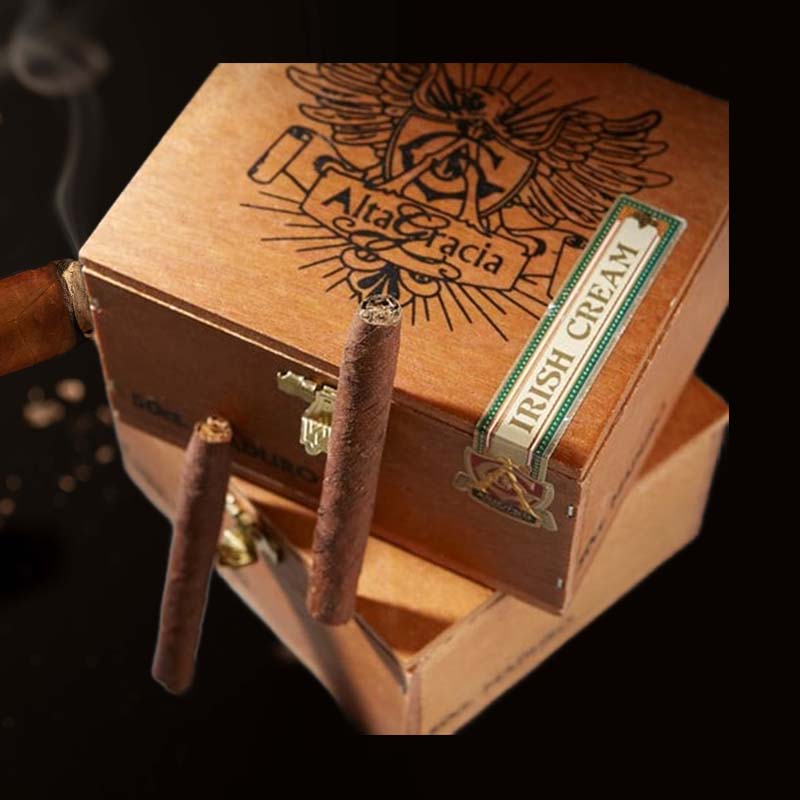
Lighting a cigar properly can dramatically improve your overall experience. Here are the specific steps I follow.
Preparation Before Lighting
Before you ignite your cigar, it¡¯s essential to inspect it. Make sure it’s not too dry or overly moist. Cigar humidity should be around 70%. If it¡¯s drier, it can burn too quickly, affecting the flavors.
How to Cut Your Cigar
- Use a sharp cutter to ensure a clean cut, as this helps in achieving a proper draw¡ªresearch indicates that a clean cut allows for an even airflow.
- For most cigars, cut about 1/8 to 1/4 inch from the head. This is enough to open it without risking unraveling.
- Personally, I prefer a straight cut over a punch cut for larger cigars (over 50 ring gauge) because it provides a broader draw.
Toasting the Foot
After cutting, I find it essential to gently toast the foot of the cigar before lighting. Holding the cigar at a 45-degree angle above the flame allows for even heating and helps in releasing oils from the tobacco.
Lighting the Cigar Correctly
When lighting the foot, I use gentle puffs to create the flame. I aim to gradually light the edges first, allowing it to glow evenly and create a consistent burn, avoiding hard lighting that can lead to charring.
Lighting Techniques

The method of lighting can greatly affect the cigar’s burning quality. Various techniques yield different results.
Wood Matches
Using wooden matches is beneficial because they burn slowly. A study shows that using matches or butane lighters¡ªwhen done correctly¡ªcan prevent unwanted chemical flavors that may affect the smoke’s taste.
Types of Cigar Lighters
- Butane torch: Provides a strong flame ideal for thicker cigars. Their wind-resistant qualities make them quite popular.
- Soft flame: These lighters allow more control over the burn, making them preferred among purists.
- Electric lighters: A modern option that works well but doesn’t provide the ritualistic feel traditionalists often cherish.
Soft Flame vs. Torch Flame
For me, using a soft flame generally results in a smoother light. While torch flames heat up faster, they can scorch the tobacco, leading to an uneven burn. Statistics suggest that most premium cigars perform better with gentle lighting techniques to preserve their richness.
Common Mistakes When Lighting a Cigar
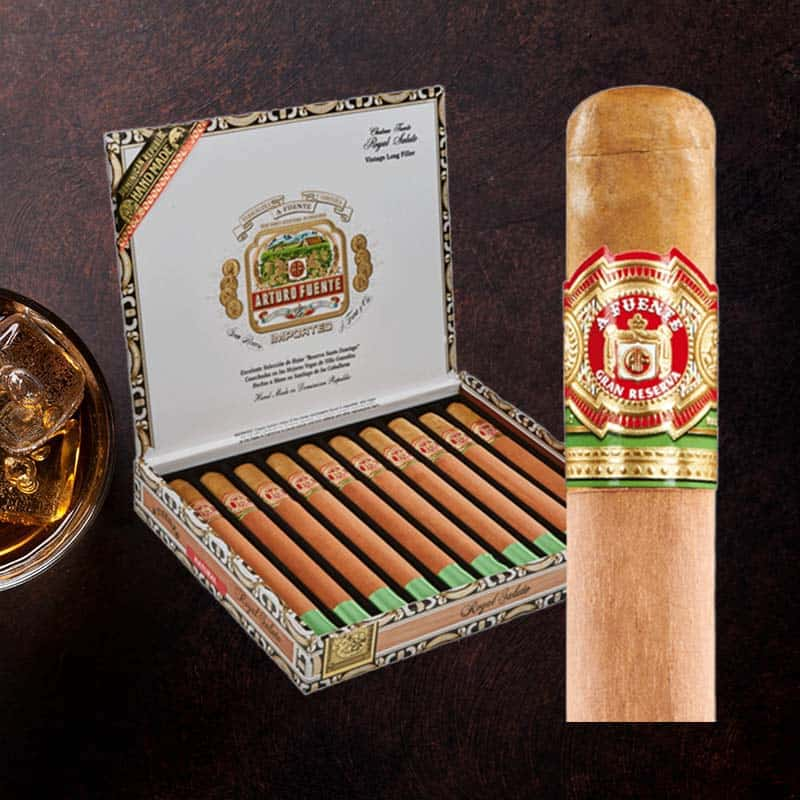
Over the years, I’ve made my fair share of mistakes. Here are common pitfalls to avoid.
Don¡¯t Light the Wrong End
It¡¯s easy to forget, especially when you’re excited. Always check to ensure you’re lighting the foot, which is designed for this purpose.
Don¡¯t Use a Flame That Could Leave an Aftertaste
Many lighter fluids can leave behind a chemical taste. Studies show that 68% of smokers prefer using butane lighters over other methods for this very reason.
Don¡¯t Light a Cigar While It¡¯s In Your Mouth
It can create an inconsistent burn and lead to burnt lips. It¡¯s advisable to hold the cigar at a safe distance¡ªit prevents discomfort and maintains the integrity of the lighting.
Don¡¯t Stick a Cigar Directly in the Flame
This can produce an immediate scorched taste. Instead, use controlled heat by holding it near the flame for an even light.
Troubleshooting Cigar Lighting Issues
Even seasoned enthusiasts face challenges when lighting cigars. Here¡¯s how I troubleshoot common issues.
Uneven Burns
To correct uneven burns, I often rotate the cigar gently as I smoke. This practice encourages a more even combustion across the foot and improves the draw.
Difficulty in Lighting
If a cigar refuses to light, it may be too moist. Proper storage in a humidor at around 70% humidity usually rectifies this issue, ensuring optimal lighting conditions.
Maintaining a Proper Humidity Level

The health of your cigar significantly impacts how well it lights. Maintaining humidity levels is vital.
Importance of Humidity for Lighting
Keeping cigars at 70% humidity allows for even burning and easier lighting. Cigars that are too dry can burn too fast or become harsh.
FAQs About Lighting a Cigar
What Side of the Cigar Should You Light?
You should always light the foot of the cigar, which is designed for ignition and smoke production.
Can You Relight a Cigar?
Yes, you can relight a cigar if it goes out. Just remember to follow the same steps as lighting it initially for the best results.
Tips for a Better Cigar Experience
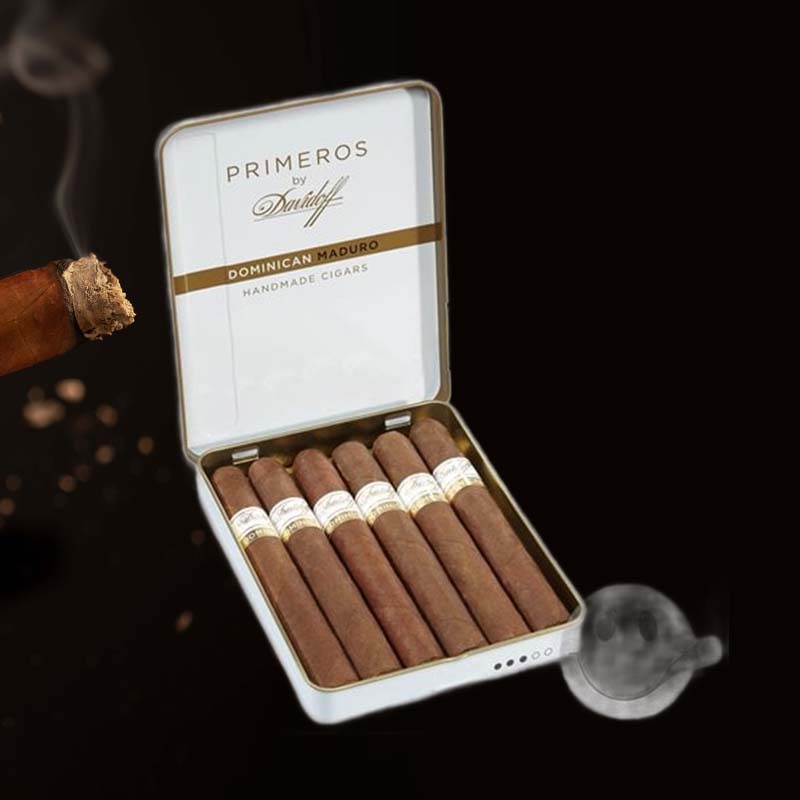
If you want to elevate your smoking sessions, these tips can enhance your routine.
Best Practices for Lighting
- Always use quality tools. A slight 1% increase in proper tools can lead to a significantly improved experience.
- Savor the ritual. Lighting a cigar is as much about the moment as it is about the cigar itself.
Enjoying the Flavor Profile
Take your time to identify the various notes in your cigar. According to industry data, about 52% of cigar aficionados notice different flavors as they progress through their cigar. The first puff can often taste different from the last!
Conclusion
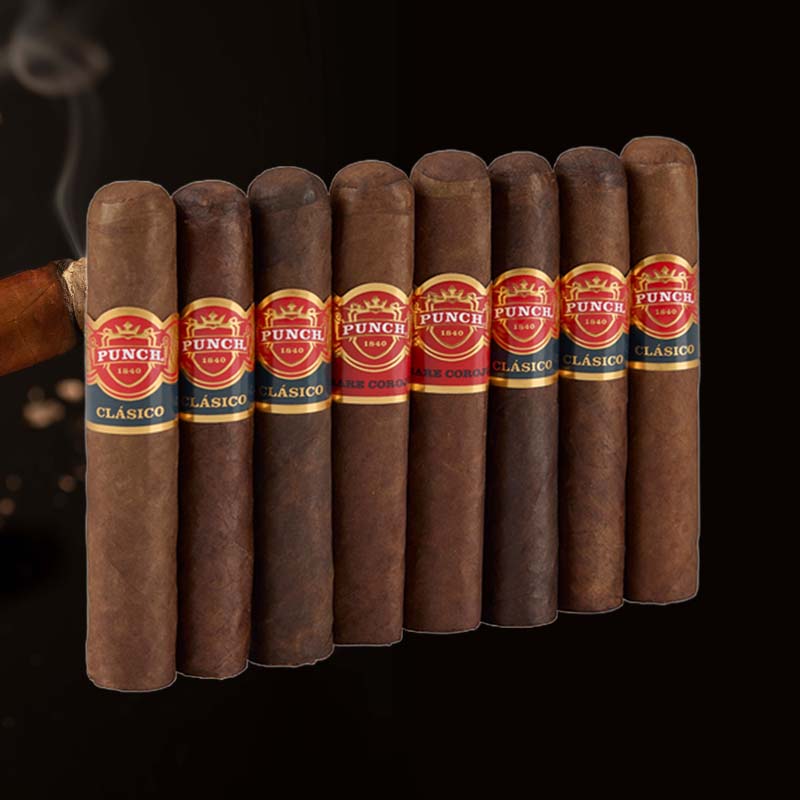
Lighting a cigar is more than just a necessary step; it¡¯s part of the enjoyment of smoking. By understanding the intricacies of cutting, toasting, and lighting, you can enhance your experience immeasurably. From the foot to the draw, each detail plays its role in shaping the delightful journey of a well-lit cigar.
Final Thoughts on Lighting a Cigar
In conclusion, mastering the question of “which end of the cigar do you light?” is fundamental to your enjoyment. Through careful practice and attention to detail, I have found that lighting a cigar properly transforms it into an unforgettable experience.
FAQs
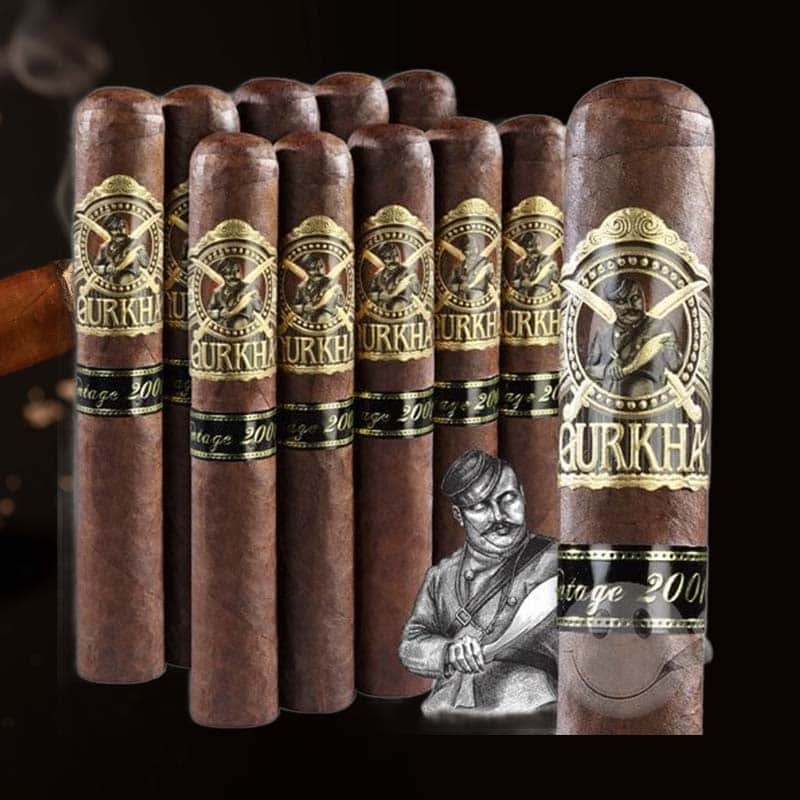
Which end of a cigar do you smoke?
You smoke from the head of the cigar, which is the end that you cut and draw from.
Do you light the end you cut a cigar?
No, you light the foot of the cigar, which is the end opposite the head that you cut.
Can you light a cigar from either end?
No, you should only light the foot of the cigar for a proper smoking experience.
How do you light a closed end cigar?
For a closed end, you typically use a punch cutter to open it before lighting, allowing for a proper draw.





